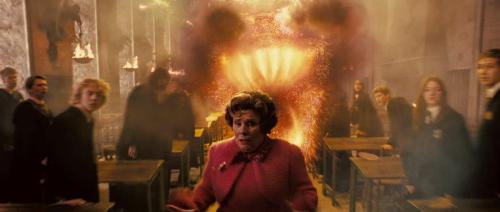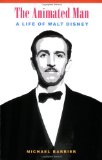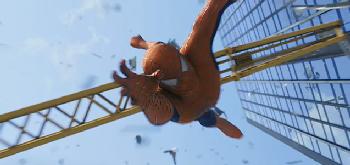Harry Potter and the Order of the Phoenix (David Yates, 2007)
As a fan of J.K. Rowling’s Harry Potter books, the biggest struggle in trying to evaluate the movie series has been in trying to evaluate them as stand-alone films. This is always a problem when looking at adaptations of familiar books, but I think it’s particularly so for the Harry Potter series. Rowling’s plotting is complex, and she fleshes out her world by indulging in numerous subplots and diversions. Her novels have therefore proven difficult to adapt: they don’t easily smooth out into the neat through lines of a typical Hollywood narrative. And while I recognised the virtues of the third and forth Potter adaptations – I didn’t think much at all of the first two, directed by Christopher Columbus – there was something inherently unsatisfying about them. I think the biggest problem is that the fun of the novels is in mulling over Rowling’s puzzles over the time it takes to read a book; Rowling can drop the clues in casually over several hundred pages, so there’s a pleasure in finally getting to a resolution. The films, constrained to two and a bit hours, have to hit every vital plot point with so little room to breathe that there’s no time to think over the main plot, let alone take pleasure in the asides or humorous details Rowling could enjoy. So even more than for most adaptations, I felt the films were simply highlights packages, like watching a trailer. I know there are many who have only seen the films and who have enjoyed them a great deal, so it must be possible to get something from these films in their own right. Yet I always find it a little bewildering, as I felt I had to put the story together in my mind by reading back in elements from the books.



